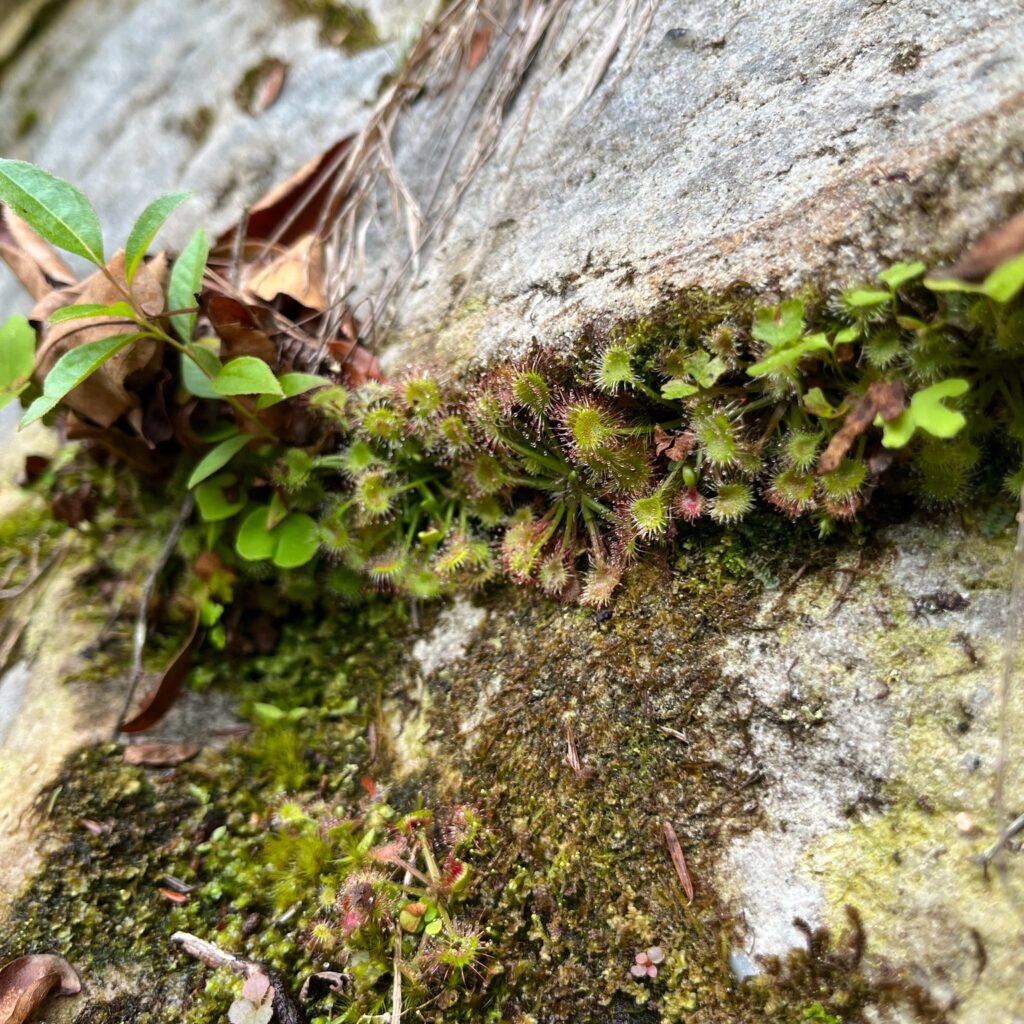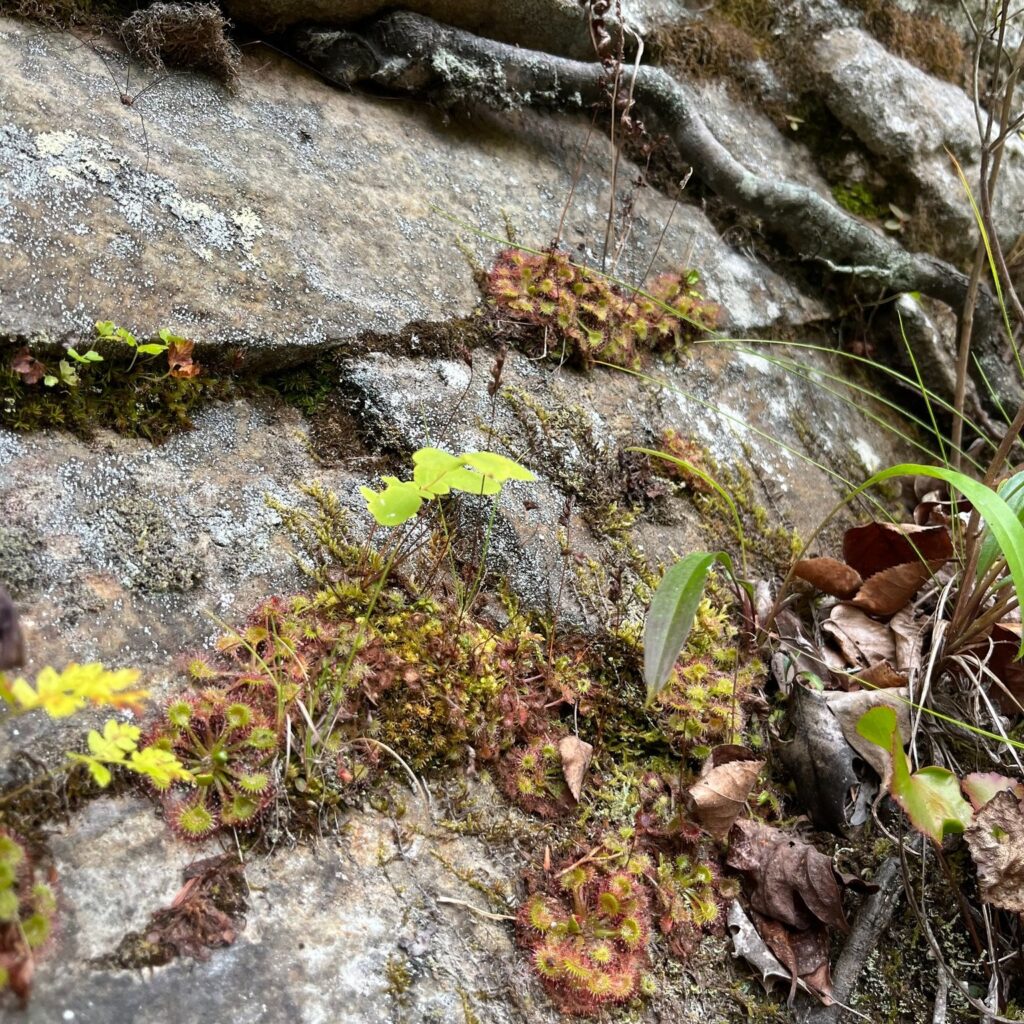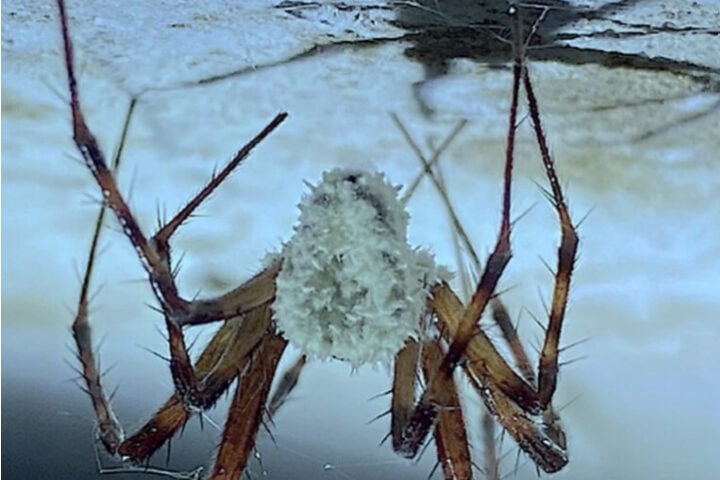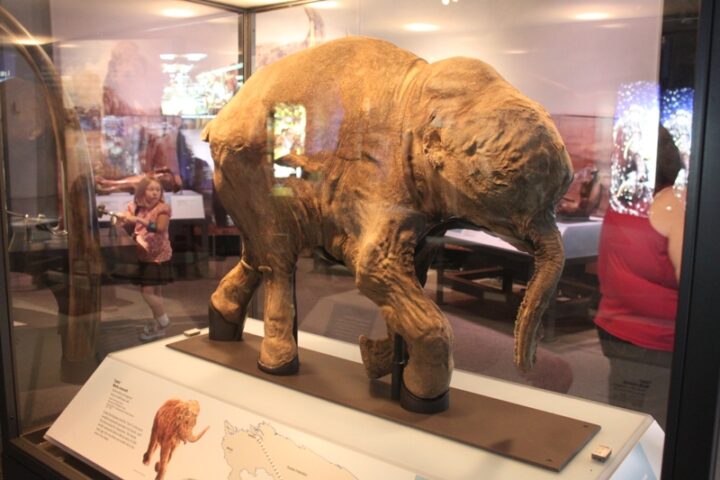Kentucky’s plant scene just got more interesting! The Office of Kentucky Nature Preserves (OKNP) has found something special – a carnivorous plant, the Round-leaved Sundew, right in our backyard. This isn’t just a new plant; it’s a whole new perspective on our local greenery.

Botanists Devin Rodgers and Toby Shaya, while exploring for rare plants in a remote gorge on the Cumberland Plateau, spotted the Round-leaved Sundew (Drosera rotundifolia). This is big news because it’s the first time this insect-eating plant has been seen in Kentucky.
The Round-leaved Sundew is a small, colorful plant that catches bugs with its sticky leaves. It’s a survival trick for living in places where the soil doesn’t offer much food. The leaves, tinged greenish-red, are like nature’s flypaper, trapping insects for nutrients. In summer, it shows off with white or pink flowers.

This sundew loves sunny, wet cliffs. It’s a tough little plant that thrives in harsh, nutrient-poor spots. Before this find, we knew it grew in Ohio, West Virginia, Virginia, North Carolina, and Tennessee. Finding it in Kentucky’s Cumberland Plateau is a surprise that expands our understanding of where these plants can live.
Similar Posts
In Kentucky, this is a rare sight. There’s just one known group of these plants in the state, so they’re considered endangered here. Protecting this lone population is crucial.
Discovering the Round-leaved Sundew in Kentucky shakes up what we thought we knew about local plants. It’s a reminder that nature still has secrets and that places like the Cumberland Plateau are full of surprises. It also shows how important it is to keep exploring and protecting our natural world.

The Office of Kentucky Nature Preserves is on the front line of tracking and protecting plants like the Sundew. They’ve got records of over 24,248 species and are always updating their database. Just last year, they added or updated records for 2,316 species.
The Round-leaved Sundew’s discovery in Kentucky is a wake-up call for nature lovers and scientists alike. It’s a small plant with a big story, showing us that even in familiar places, there are new wonders to find. It’s a reminder to look closer, protect our natural spaces, and stay curious about the green world around us.


















